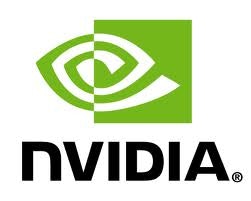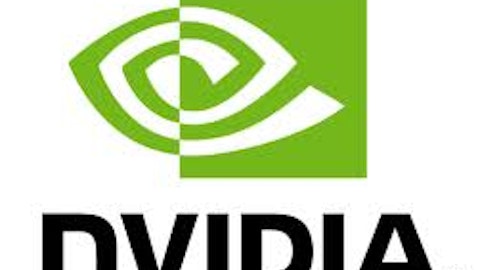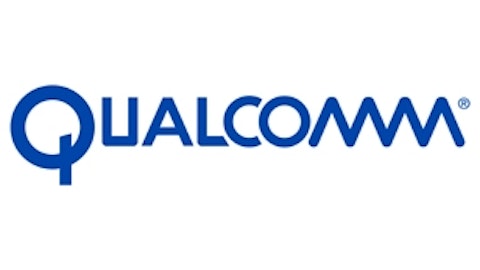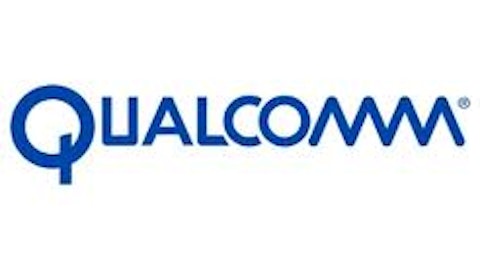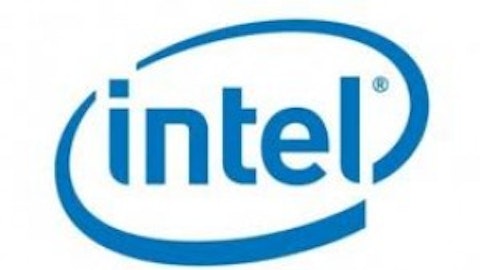NVIDIA Corporation (NASDAQ:NVDA), designer of graphics chips used in PCs and mobile devices, reported fiscal 2013 results earlier this month. I wrote about NVIDIA last year, citing an enormous cash pile and strong cash flows as reasons for the stock being undervalued. This reasoning remains intact as NVIDIA reported strong revenue growth, even in the PC GPU market. This bodes well for NVIDIA’s future.
NVIDIA has changed its segment reporting, moving to two main segments: GPU and Tegra. The GPU segment includes the GeForce line of PC processors, the Tesla line of high performance computing processors, and the Quadro line of professional graphics processors. The Tegra segment includes the Tegra line of mobile processors, including the new Tegra 4 processor introduced earlier this year, as well as legacy game consoles and automotive products. In addition, last year NVIDIA signed a cross-licensing agreement with Intel Corporation (NASDAQ:INTC), resulting in $1.5 billion in payments to NVIDIA over five years.
The GPU segment grew by 2% on a year-on-year basis, even as the PC market is weakening. This growth was caused mainly by NVIDIA taking market share from rival ATI, owned by the struggling Advanced Micro Devices, Inc. (NYSE:AMD).

This comes on the heels of AMD cutting its work force by 15%, meaning that they may never recover this share from NVIDIA. This could give NVIDIA a long-term advantage in this market.
The Tesla line grew by 36.5% in fiscal 2013, countering a 5.9% decline in the Quadro line. A new generation of the GeForce GPU was introduced during the year, leading to desktop growth of 5.9% and notebook growth of 26.4%.
The Tegra division saw 29.3% year-on-year revenue growth, driven by demand for smartphones and tablets. NVIDIA has just introduced the Tegra 4i processor, which is half the size of competing chips and includes integrated 4G LTE. This is aimed at smartphones, which NVIDIA has had trouble with in the past.
Competitor QUALCOMM, Inc. (NASDAQ:QCOM) had a 86% share of the LTE modem market in 2012, which NVIDIA will try to grab a piece of with its new offering. Qualcomm also holds the top spot in smart phone processor market share at 48%, but only a 4% share in tablets. NVIDIA, on the other hand, has seen poor results in smartphones but has a 17% share in the tablet market, behind only Apple Inc. (NASDAQ:AAPL). Since NVIDIA chips will only be in Android or Windows-based devices, the growth of iPad alternatives is a big positive for NVIDIA. NVIDIA has a distinct advantage over Qualcomm with their graphics prowess, but it remains to be seen if this will lead to a higher market share.
One concern raised by analysts was that operating expenses rose faster than revenue. While total revenue grew by 7.1% OPEX grew by 12.1%. This increase was mainly due to investments in the Tegra business, which is expected to be the main growth driver going forward.
